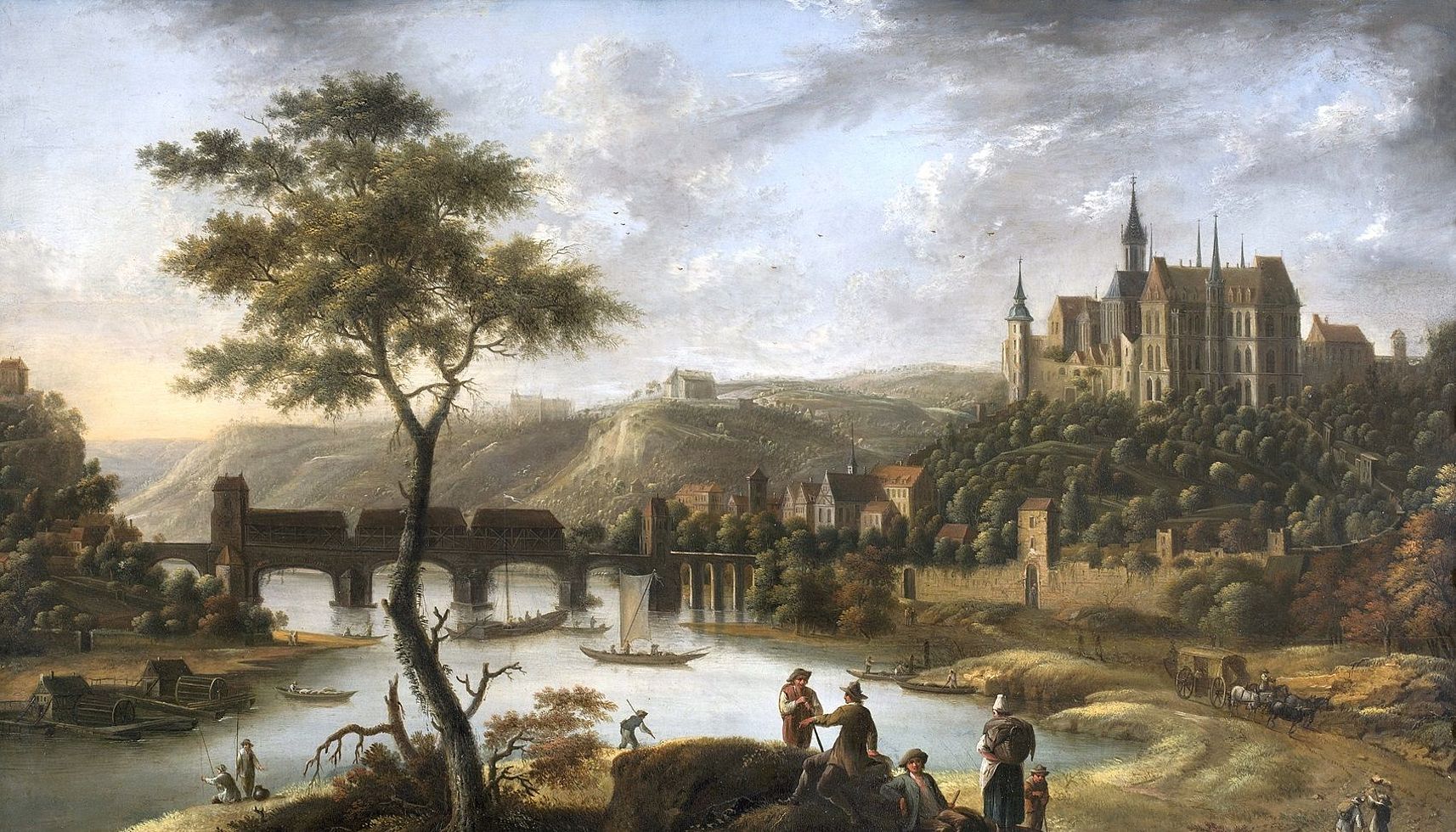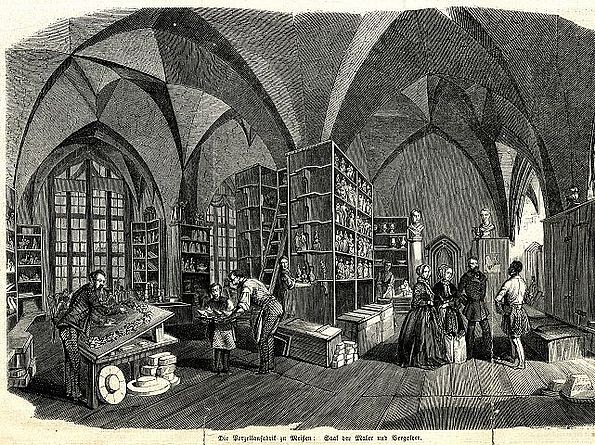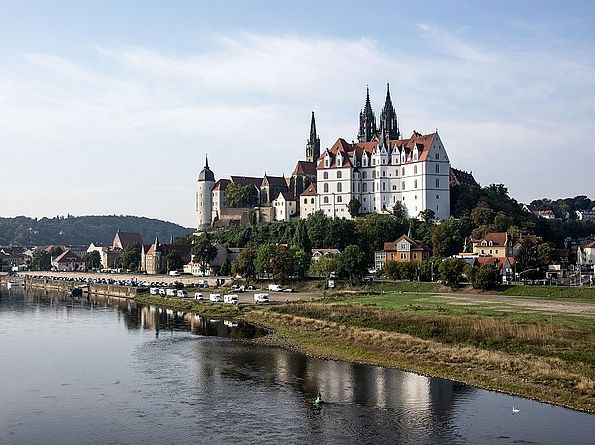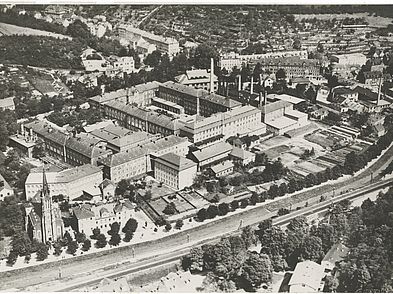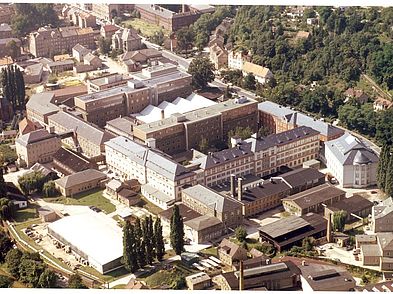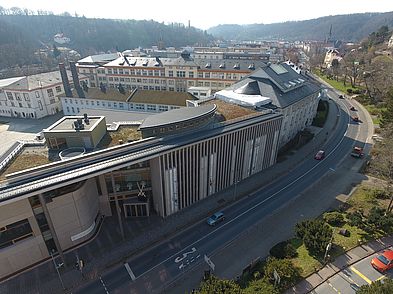Production sites
Augustus the Strong established the first European porcelain manufactory on 23 January 1710 and it was set up at Meissen’s Albrechtsburg Castle on 6 June 1710. This building was chosen because:
- It was vacant and hence available with immediate effect,
- Its isolated location was conducive to keeping the production processes a secret,
- Its large, high-ceilinged rooms offered a certain amount of protection against fire,
- Its proximity to the River Elbe meant firewood from the Bohemian forests could be transported by raft.
The Castle was originally built for residential and prestige purposes. Now, though, there was a need to organise the various areas of production, everything from paste preparation, mould making, painting and firing to the sequence of operations. the City of Meissen’s historic Burgberg (“Castle Hill”) is regarded as the cradle of Saxony. Due to its also having housed Europe’s first porcelain manufactory, it can likewise be seen as being the cradle of professionally managed porcelain production.
In the 1850s, the Saxon Antiquities Society began campaigning for the Manufactory to move out of Albrechtsburg Castle. The existing production premises had become too cramped. The various work operations were doing damage to the late-Gothic structure. In 1857, the Saxon parliament earmarked a sum of 300,000 thalers for the construction of a modern new factory. Production began in the Meissen district of Triebischtal in 1863, and that is where white gold is still manufactured today.
